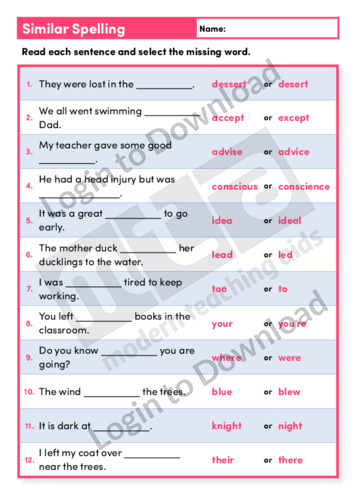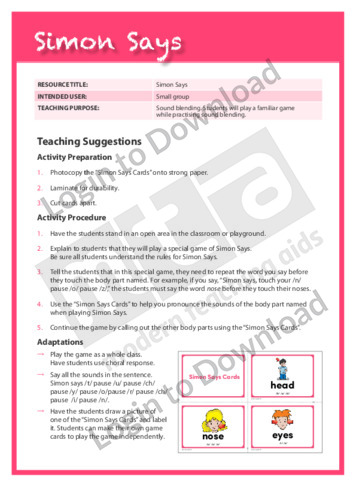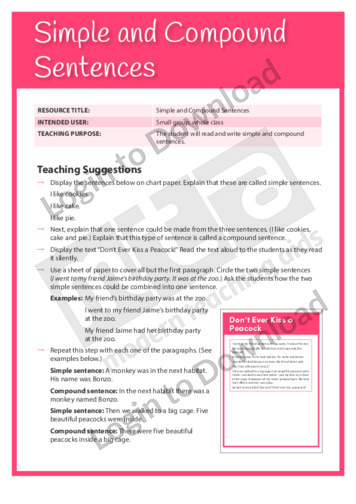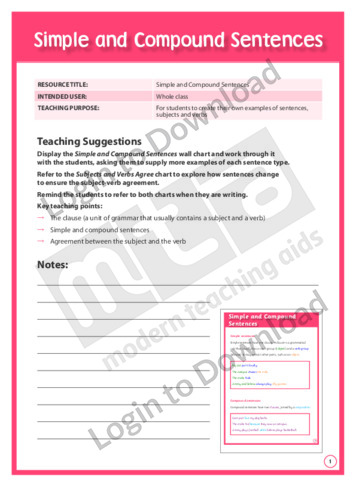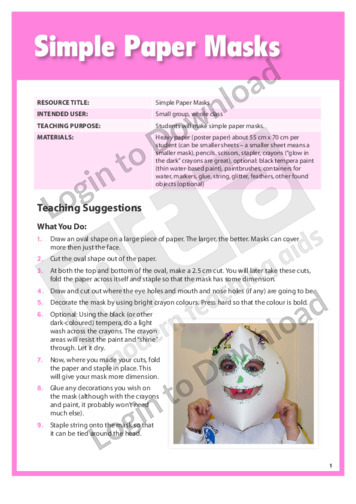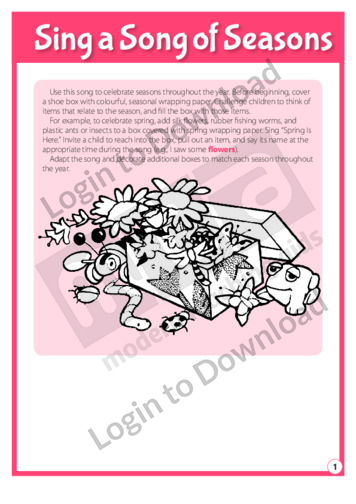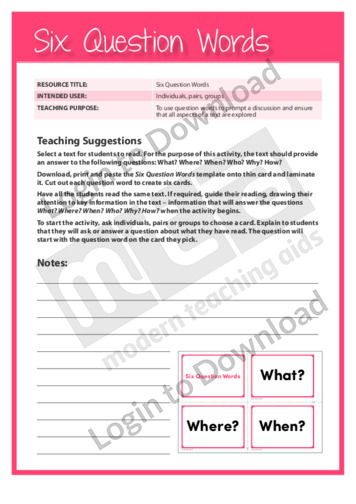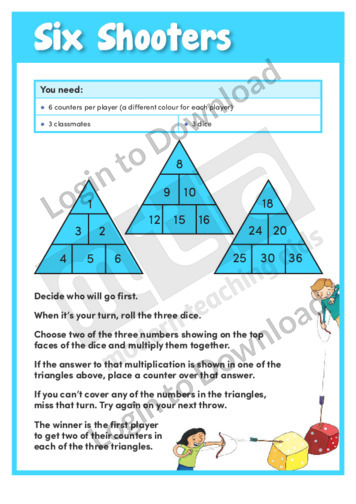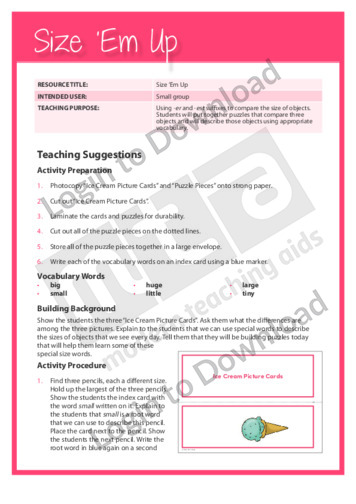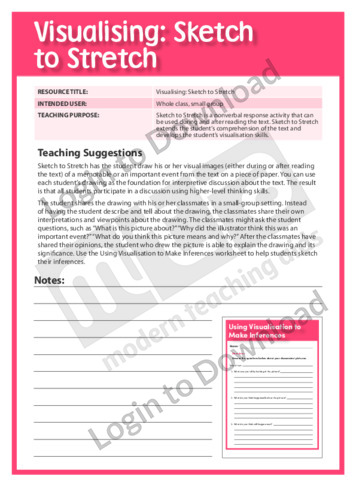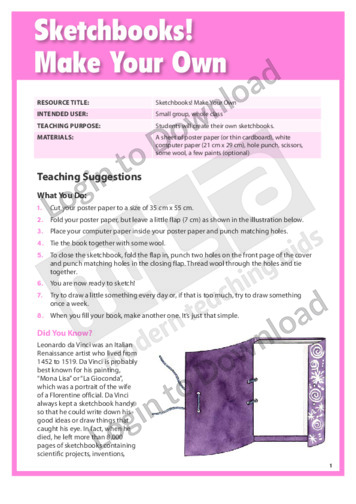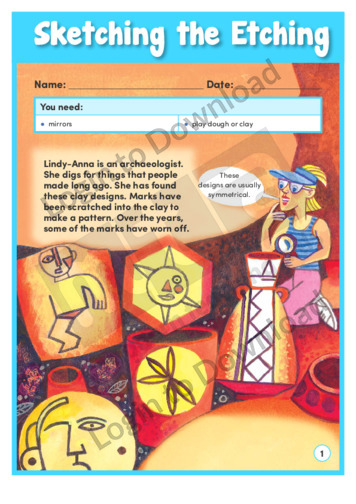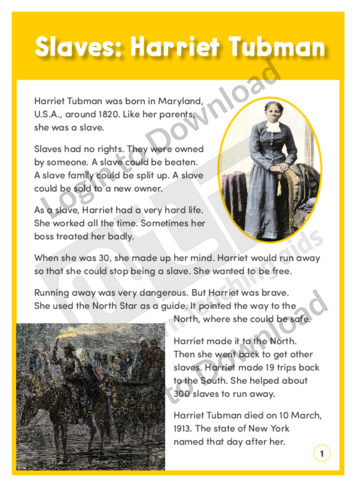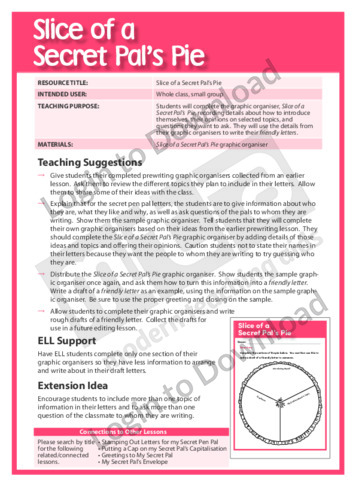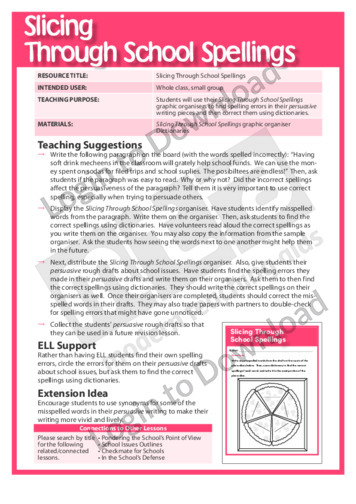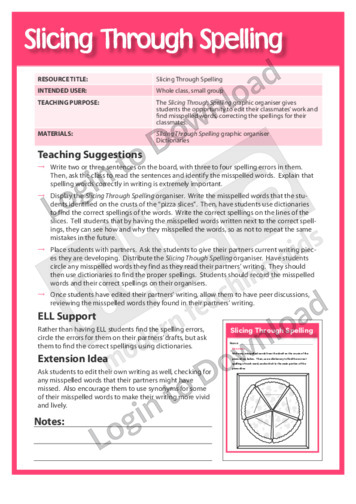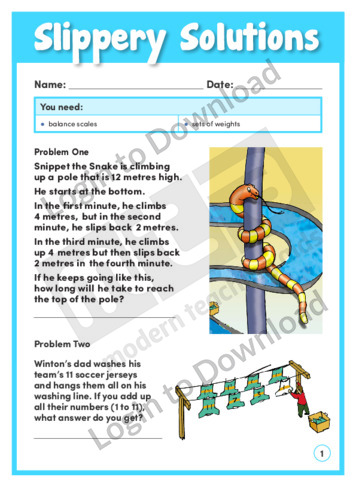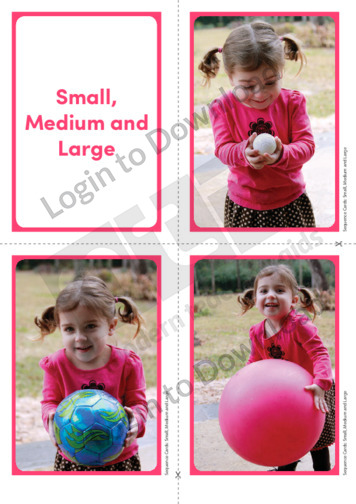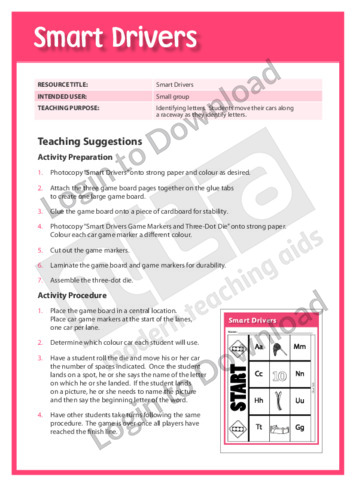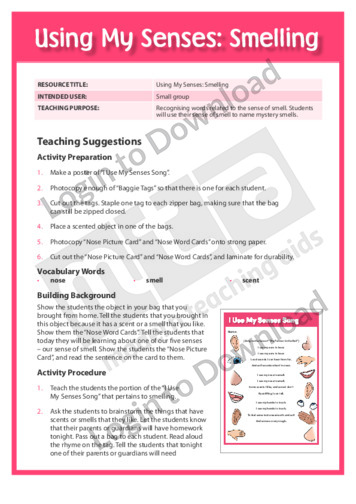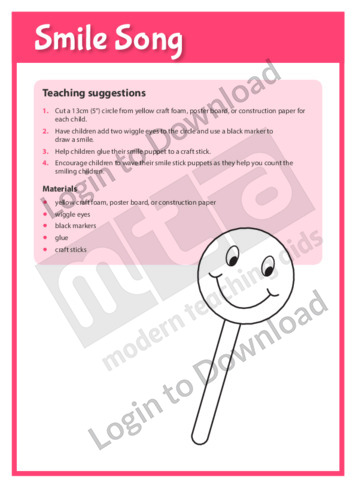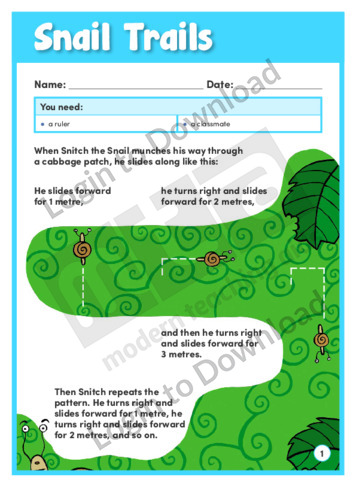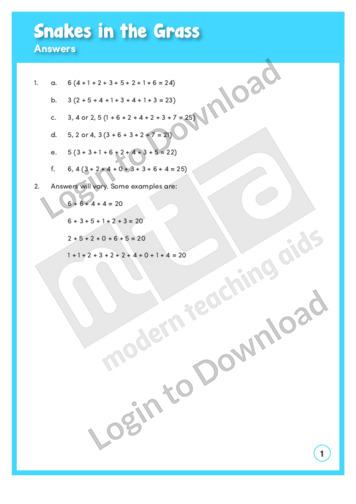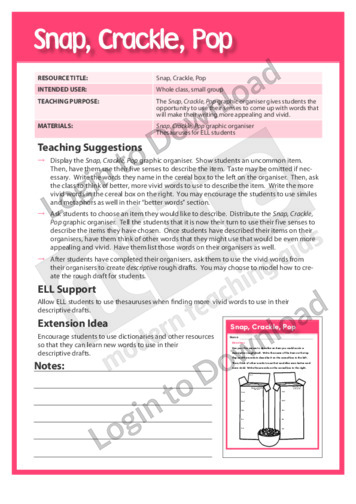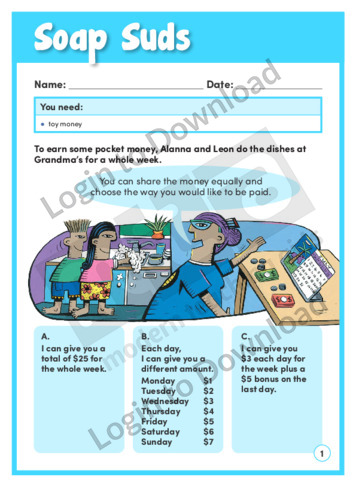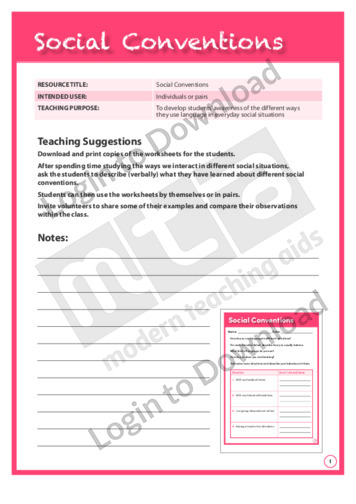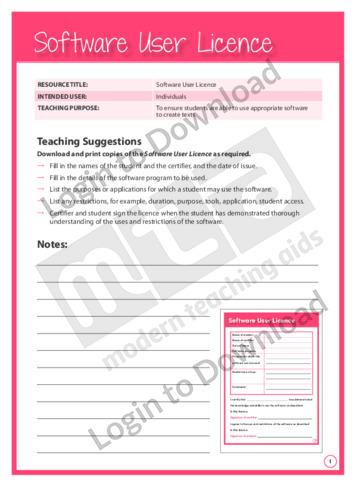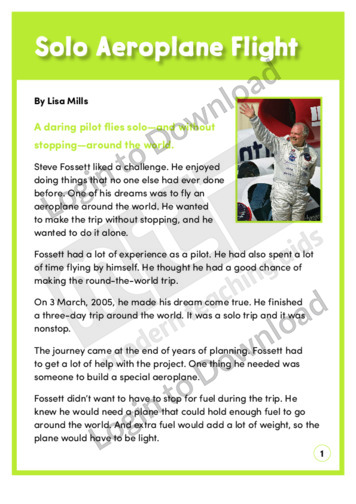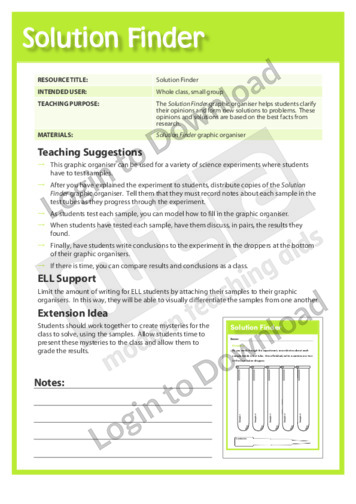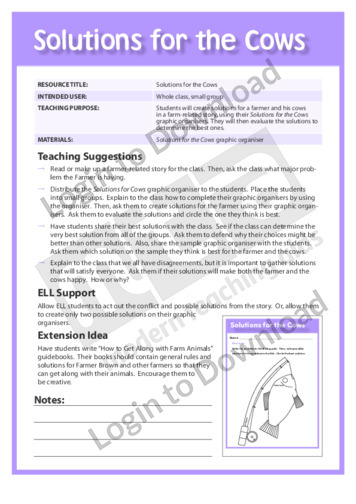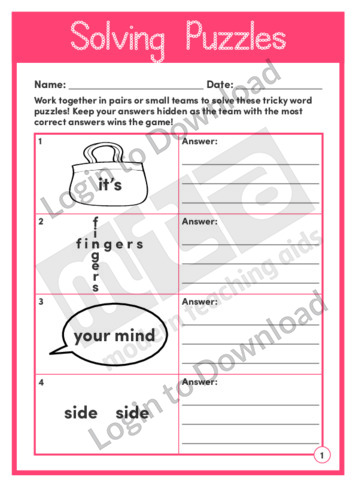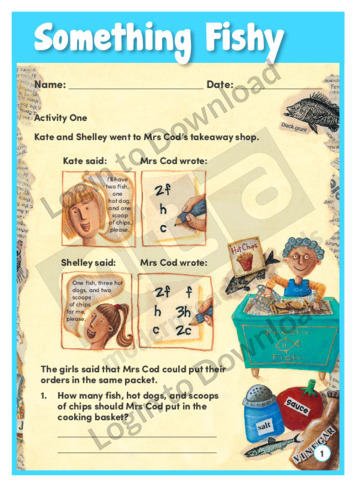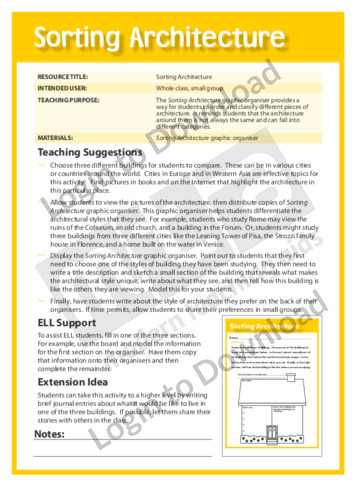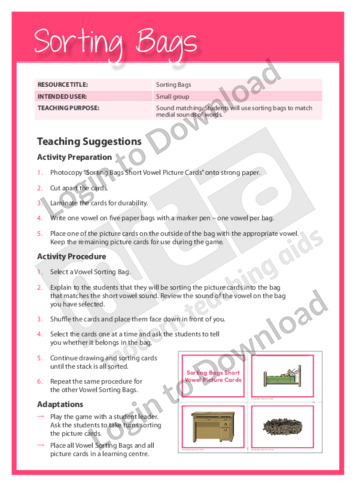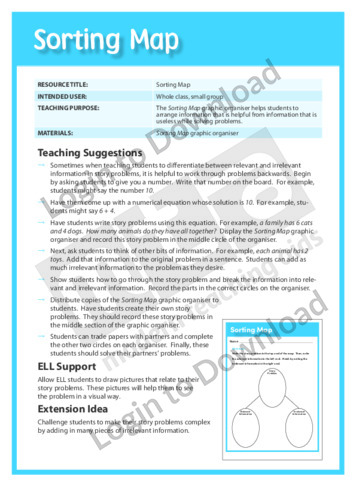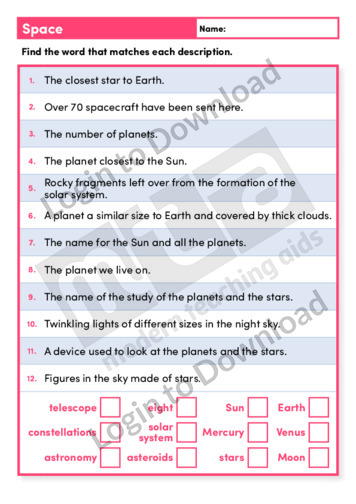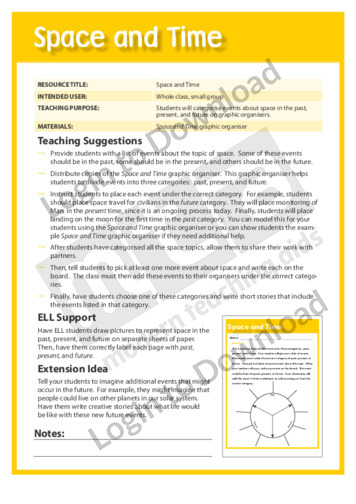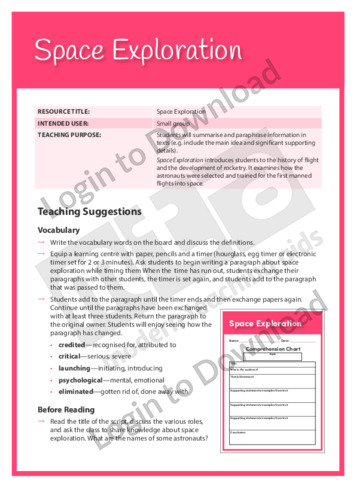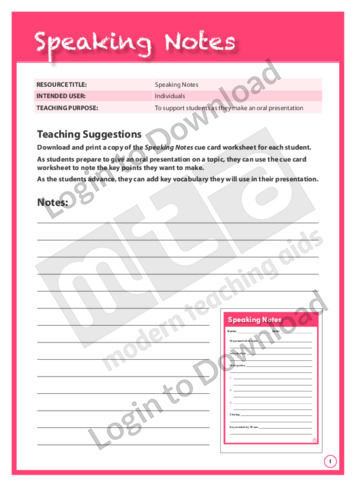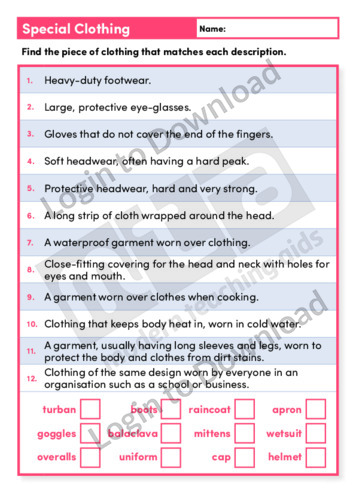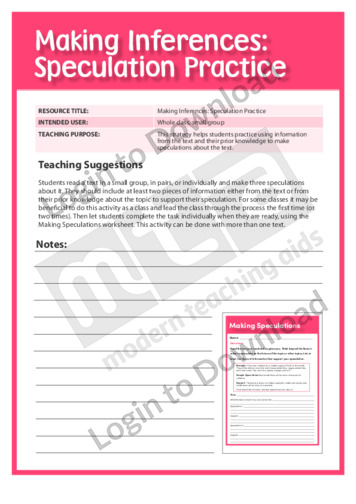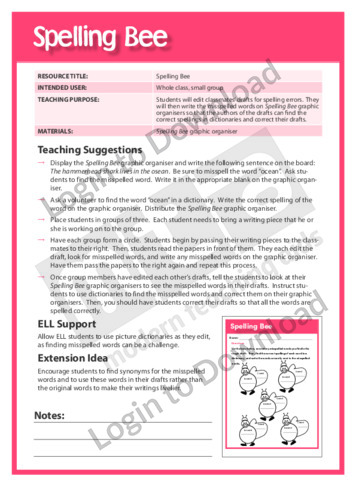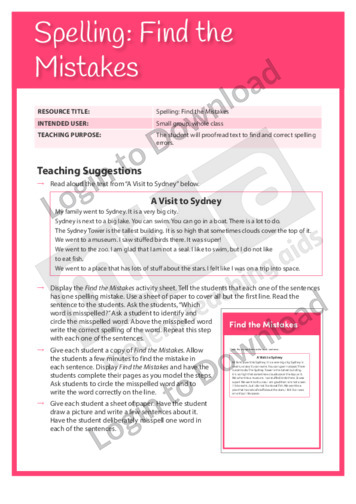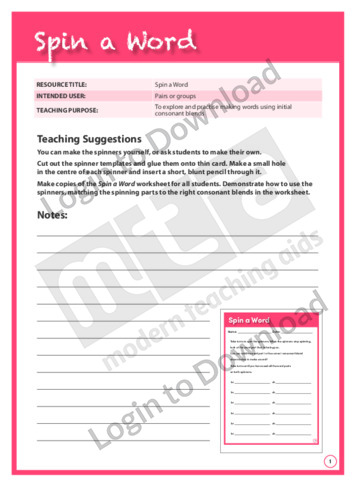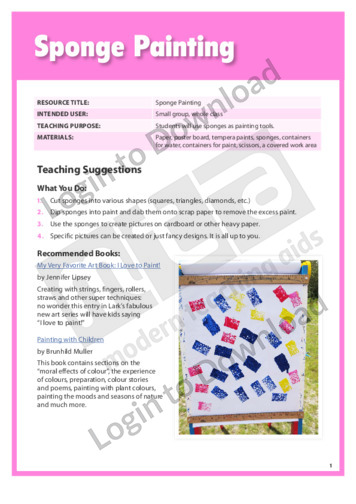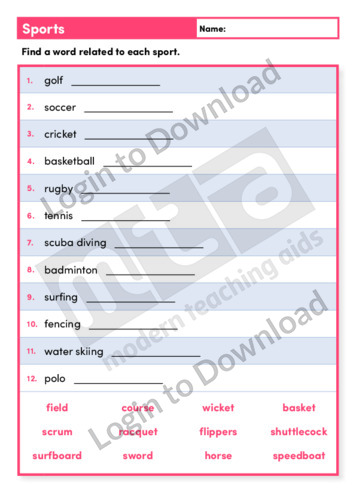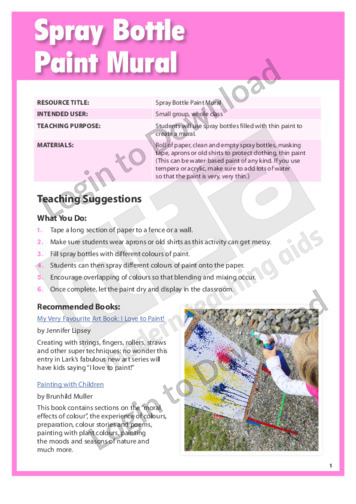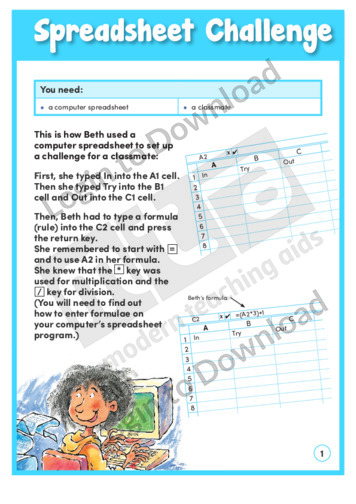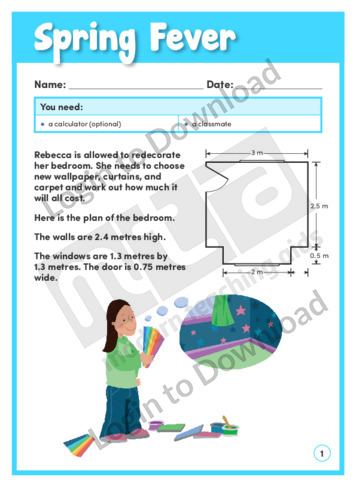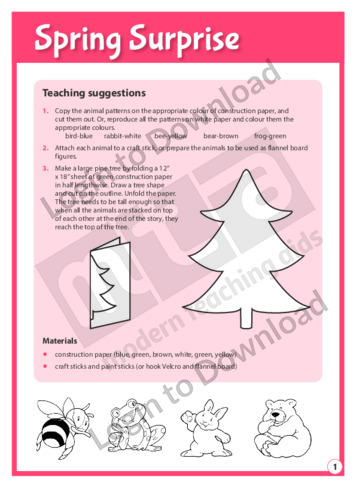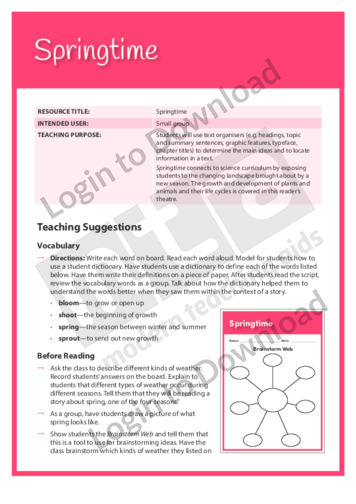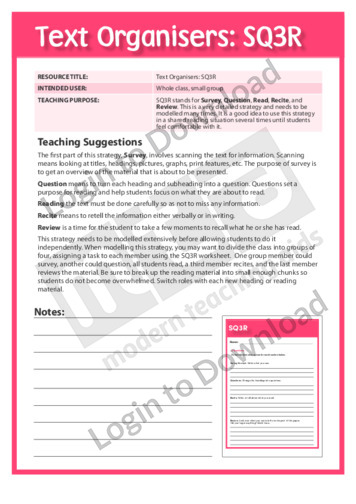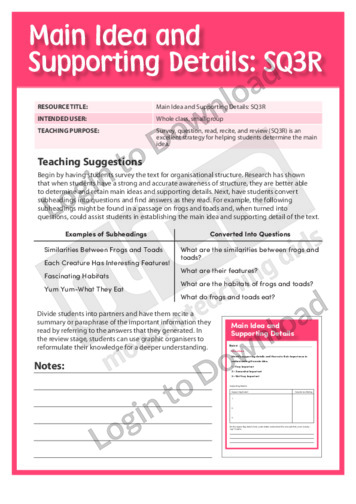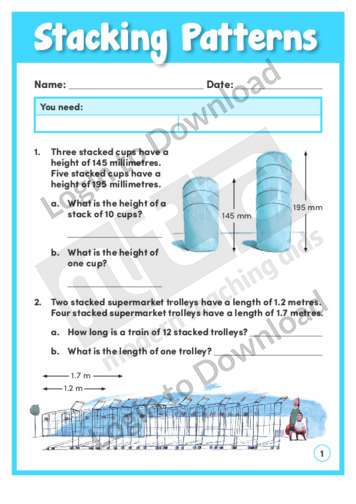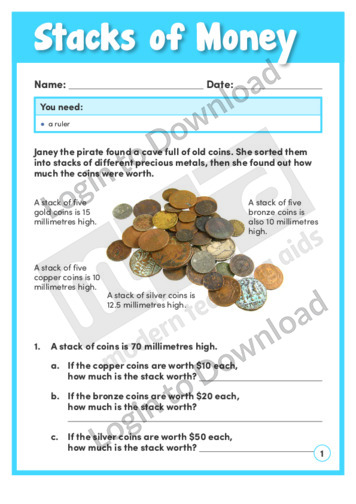This spelling activity, ‘Similar Spelling’ provides opportunities for practice with selecting the correct spelling between two homophones to complete the sentences.
This phonemic awareness activity, ‘Simon Says’ supports language development by encouraging students to practise playing the game Simon Says while sound blending. It is aimed at developing students’ awareness of sound blending. It provides Simon Says cards.
This Writing Traits activity, ‘Simple and Compound Sentences’ encourages students to read and write simple and compound sentences.
This written language activity, ‘Simple and Compound Sentences’ supports language development by encouraging students to understand common sentence structures and agreement of verbs. Students will learn about clauses, simple and compound sentences and subject-verb agreement.
This art project ‘Simple Paper Masks’ enables students to create paper masks. It is aimed at developing students’ awareness of basic artistic procedures. It provides a list of materials, easy-to-follow step-by-step art instructions and a list of recommended art books.
This early learning activity, ‘Sing a Song of Seasons’ provides instructions on how to make craft boxes themed according to the different seasons followed by an accompanying song to be adapted for each season.
This vocabulary activity, ‘Singular Words’ supports vocabulary development by encouraging students to match plural nouns to their singular form.
This reading comprehension activity, ‘Six Question Words’ supports language development by encouraging students to use question words, such as what, where, when, who, why, and how, to prompt a discussion and ensure that all aspects of a text are explored. It is aimed at developing students’ awareness of discussion prompts.
This learning activity, ‘Six Shooters’, provides a board and instructions for a game for four players. The game helps students to practise basic multiplication facts. The accompanying teaching notes include suggestions for supporting learning and further exploration.
This vocabulary development activity, ‘Size ‘Em Up’ supports vocabulary development by encouraging students to put together puzzles that compare three objects and describe those objects using appropriate vocabulary. It is aimed at helping students use -er and -est suffixes. It provides ice cream picture cards and puzzle pieces cards.
This content area reading learning activity, ‘Sketch to Stretch,’ is a nonverbal response activity that can be used during and after reading the text. It is aimed at helping students extend their comprehension of the text and develop their visualisation skills.
This art project ‘Sketchbooks! Make Your Own’ enables students to create their own sketchbooks. It is aimed at developing students’ awareness of basic artistic procedures. It provides a list of materials, easy-to-follow step-by-step art instructions, a brief explanation about Leonardo da Vinci and a recommended art book.
The archaeologist Linda-Anna has discovered some eroded clay designs. In this learning activity, ‘Sketching the Etching’, students help to complete the symmetrical designs and then create their own design on a piece of play dough or clay. An answer sheet is provided and includes teaching notes with suggestions for supporting learning and further exploration.
This content area reading activity, ‘Slaves: Harriet Tubman’ is a history based reading comprehension exercise encouraging students to give a reponse to the text.
This graphic organiser, ‘A Slice of a Secret Pal’s Pie’ encourages students to write a friendly letter including details about themselves.
This graphic organiser, ‘Slicing Through School Spelling’ encourages students to identify misspelled words in their persuasive writing, making corrections with dictionaries.
This graphic organiser, ‘Slicing Through Spelling’ encourages students to identify misspelled words in their peer’s writing, making corrections with dictionaries.
The learning activity ‘Slippery Solutions’ provides interesting contexts for students to use number knowledge and strategies. From a pole-climbing snake to friends shaking hands, the problems challenge students to think logically and apply algebraic thinking. An answer sheet is provided and includes teaching notes to support learning and further exploration.
This sequencing activity, ‘Small, Medium and Large’ develops comprehension through sequencing images about different sizes of an object.
This reading activity, ‘Smart Drivers’ supports reading development by encouraging students to identify letters as they move cars along a raceway. It is aimed at developing students’ awareness of letter identification. It provides a game board, game markers and a die template.
This vocabulary development activity, ‘Using My Senses: Smelling’ supports vocabulary development by encouraging students to use their sense of smell to name mystery smells. It is aimed at helping students recognise words related to the sense of smell. It provides a senses song chart, a nose picture card, nose word cards and baggie tag cards.
This early learning activity, ‘Smile Song’ provides instructions on how to make smiley face stick puppets followed by an accompanying song.
This learning activity, ‘Snail Trails’, explores rotation and translation through a snail’s sequence of slides. It asks students to use the square dot paper to plot various slide sequences. An answer sheet is provided and includes accompanying teaching notes with suggestions for supporting learning and further exploration.
This learning activity, ‘Snakes in the Grass’, shows snakes made of dominoes slithering out of the grass. Students must work out what number of dots are on the hidden dominoes. An answer sheet is provided and includes teaching notes with suggestions for supporting learning and further exploration.
This graphic organiser, ‘Snapshots of Me’ provides opportunities for students to describe themselves in order to create details for writing letters.
This learning activity, ‘Sneaky Snakes’, includes a board and instructions for a simple game of chance. Students play the game and record how many throws it takes to reach the finish. They then analyse the data. The accompanying teaching notes include suggestions for supporting learning and further exploration.
In this learning activity, ‘Soap Suds’, Alanna and Leon can choose how they are going to be paid for doing the dishes at Grandma’s. Students use the four operations to work out their best payment option. An answer sheet is provided and includes teaching notes with suggestions for supporting learning and further exploration.
This oral language activity, ‘Social Conventions’ supports language development by encouraging students to develop their awareness of the different ways they use language in everyday social situations and interactions, such as at home, with friends, with grandparents, in a community or sports group or with a teacher.
This technology activity, ‘Software User Licence’ ensures students gain confidence in using different software. Students will use appropriate software to create texts.
This content area reading activity, ‘Solo Aeroplane Flight’ is a science based reading comprehension exercise encouraging students to look at multiple meanings of words.
This graphic organiser, ‘Solutions for the Cows’ allows students to create solutions for various conflicts and evaluate the solutions to determine the best ones.
This activity ‘Solving Puzzles’ features a selection of simple rebus puzzles for students to solve together in pairs or small groups. Working together to solve puzzles is a great way for students to get to know each other at the beginning of the year or to encourage students to work with different classmates throughout the …More
This Beginning Maths activity, ‘Some or All’ encourages students to classify and sort objects using a variety of attributes into a set.
This learning activity, ‘Something Fishy’, features takeaway orders written in code and allows students to practise manipulating symbolic expressions in context. An answer sheet is provided and includes teaching notes with suggestions for supporting learning and further exploration.
This graphic organiser, ‘Sorting Architecture’ helps students order and classify different pieces of architecture.
This phonemic awareness activity, ‘Sorting Bags’ supports language development by encouraging students to use sorting bags to match medial sounds of words. It is aimed at developing students’ awareness of sound matching. It provides short vowel picture cards.
This graphic organiser, ‘Sorting Map’ helps students to differentiate information that is helpful from information that is useless while solving problems.
This phonemic awareness activity, ‘Sound Boxes’ supports language development by encouraging students to listen to words and identify the number of sounds using Elkonin boxes. It is aimed at developing students’ awareness of sound segmentation. It provides recording sheets, picture cards and word lists.
This vocabulary activity, ‘Space’ supports vocabulary development by encouraging students to match space vocabulary to relevant definitions or descriptions.
This graphic organiser, ‘Space and Time’ helps students categorise events about space in the past, present and future.
This Readers Theatre activity, ‘Space Exploration’ encourages students to summarise and paraphrase information in texts. It also builds reading fluency. This activity includes a script for 5 readers.
This oral language activity, ‘Speaking Notes’ supports language development by encouraging students to make and present an oral presentation. A cue card provided has space for students to record their topic and cues for speaking.
This vocabulary activity, ‘Special Clothing’ supports vocabulary development by encouraging students to identify items of clothing from their descriptions.
This content area reading learning activity, ‘Speculation Practice,’ develops students’ skills in inferencing. It is aimed at helping students practice using information from the text and their prior knowledge to make speculations about the text.
This graphic organiser, ‘Spelling Bee’ asks students to identify misspelled words, within a classmate’s draft, making corrections with dictionaries.
This Writing Traits activity, ‘Spelling: Find the Mistakes’ encourages students to proofread text to find and correct spelling errors.
This vocabulary activity, ‘Spin a Word’ supports language development by encouraging students to explore and practise making words using initial consonant blends. It is aimed at developing students’ awareness of blends through a fun activity in which students use spinners to join consonant blends to different word parts.
This art project ‘Sponge Painting’ enables students to create paintings using sponges dipped in paint. It is aimed at developing students’ awareness of basic artistic procedures. It provides a list of materials, easy-to-follow step-by-step art instructions and a list of recommended art books.
This vocabulary activity, ‘Sports’ supports vocabulary development by encouraging students to match associated sports words.
This art project ‘Spray Bottle Paint Mural’ enables students to create murals using spray bottles filled with paint. It is aimed at developing students’ awareness of basic artistic procedures. It provides a list of materials, easy-to-follow step-by-step art instructions and a list of recommended art books.
The learning activity, ‘Spreadsheet Challenge’ asks students to use a spreadsheet on a computer. They learn to make and work out formulae, using what they know about patterns of numbers. An answer sheet is provided and includes accompanying teaching notes with suggestions for supporting learning and further exploration.
In ‘Spring Fever’ Rebecca is allowed to redecorate her room – but first she needs to measure and calculate the materials she will need. This interesting learning activity challenges students to help Rebecca select the materials as well as calculate the amounts and costs involved. This activity includes comprehensive teaching notes to be read before …More
This early learning activity, ‘Spring Surprise’ provides instructions on how to make a tree and animal stick puppets followed by an accompanying story.
This Readers Theatre activity, ‘Springtime’ encourages students to summarise and paraphrase information in texts. It also builds reading fluency. This activity includes a script for 5 readers.
This content area reading learning activity, ‘SQ3R,’ supports students with surveying, questioning, reading, reciting, and reviewing a text. It is a good idea to use this strategy in a shared reading situation several times until students feel comfortable with it.
This content area reading learning activity, ‘SQ3R,’ encourages students to determine the main idea in a text. It has students survey, question, read, recite, and review the text in order to achieve a deeper understanding.
The learning activity, ‘Stacking Patterns’ uses some everyday stacking situations to pose word problems. Students need to identify the rule for continuing a sequential pattern in order to determine the height or length of the stacks. An answer sheet is provided and includes accompanying teaching notes with suggestions for supporting learning and further exploration.
The learning activity, ‘Stacks of Money’ uses the different thickness of coins to pose problems for students to solve. Students explore linear relationships between two variables to answer questions. An answer sheet is provided and includes accompanying teaching notes with suggestions for supporting learning and further exploration.
It�s that easy!

